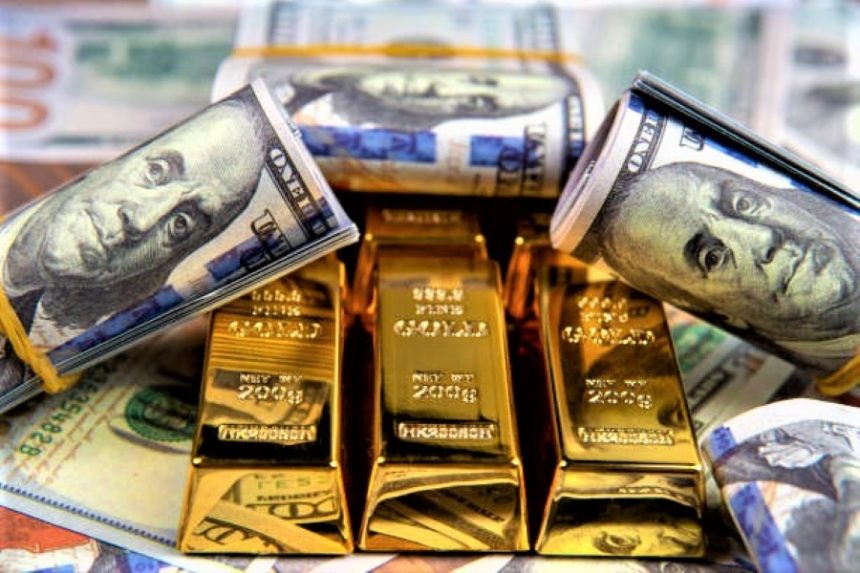Gold attracted purchasers for the second day in a row, owing to a combination of encouraging factors.
On Thursday, the gold price (XAUUSD) builds on the previous day’s rebound from the $2,864 level reached in response to higher US consumer inflation numbers, gaining upward traction for the second day in a row. The momentum propels the precious metal to the $2,920 level during the Asian session, fueled by a number of reasons.
The XAUUSD pair supported by concerns over Trump’s trade tariffs as well as moderate USD weakening.
Investors are concerned about US President Donald Trump’s new tariffs on commodities Imports and reciprocal tariffs would result in a worldwide trade war, which continues to support the safe-haven gold price. Aside from that, the development of new US Dollar (USD) selling provides additional support to the bullion and contributes to the uptrend.
Meanwhile, evidence of persistently sticky inflation in the United States imply that the Federal Reserve (Fed) will maintain its hawkish posture and keep interest rates unchanged for an extended period of time. This resulted in an overnight jump in US Treasury bond yields, which could restrict further USD losses and cap the non-yielding yellow metal under still-overbought conditions.
Daily Market Update:Rising trade concerns and fresh USD selling help strengthen the gold price.
The initial market reaction to the most recent US consumer inflation data turned out to be short-live given concerns over US President Donald Trump’s trade tariffs, which continue to boost the safe-haven gold price.
On Monday, Trump signed executive orders imposing 25% tariffs on steel and aluminum imports into the United States, as well as larger reciprocal duties to match levies imposed by other governments on US products.
The US Bureau of Labor Statistics said on Wednesday that the headline US Consumer Price Index jumped 0.5% in January, the highest since August 2023, and the annual rate increased to 3% from 2.9% in December.
Meanwhile, the core CPI, which includes food and energy costs, rose 0.4% monthly and 3.3% year on year, compared to 3.1% predicted, indicating underlying inflationary pressures.
Bets on reduced Fed rate cuts should be approach with prudence before assuming a further positive trend.
Fed Chair Jerome Powell warned US lawmakers that the struggle against rising prices was far from over, implying that any future interest rate decreases would have to wait until inflation returned to the 2% objective.
The Atlanta Fed President stated that the job market is operating exceptionally well and that GDP more resilient than projected, but the latest inflation data demonstrate that careful monitoring still required.
Market players reacted quickly, with only one Fed rate drop expected by the end of the year, helping the yield on the benchmark 10-year US government bond jump to its highest one-day level since December.
The US Dollar (USD), meanwhile, struggles to attract any serious purchasers and languishes toward the bottom end of Its weekly range reached on Wednesday, providing additional support to the USD-denominated commodity.
Thursday’s US economic calendar includes the release of the Producer Price Index and the customary Weekly Initial Jobless Claims, which may influence the USD and add some momentum to the XAUUSD pair.








